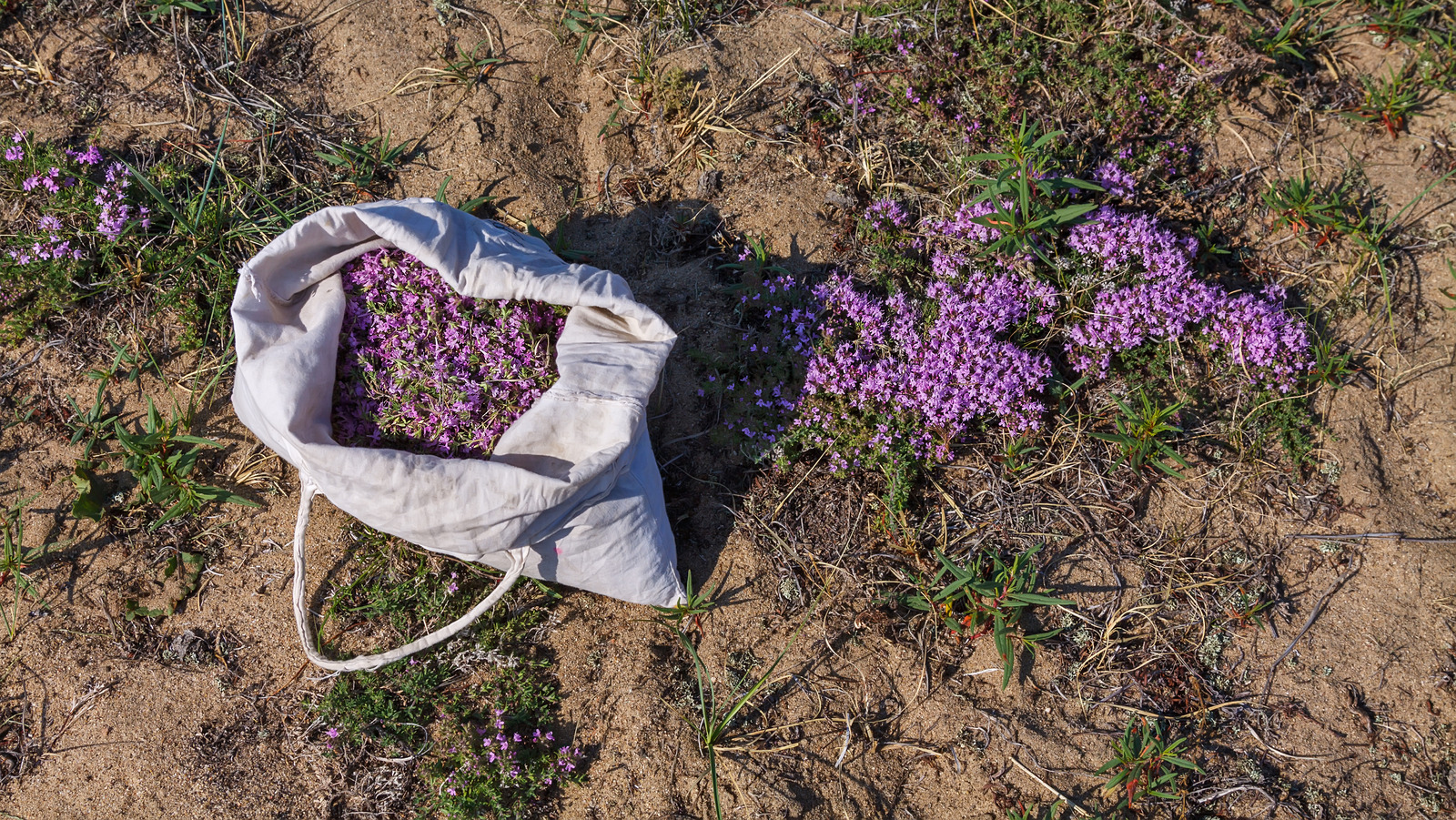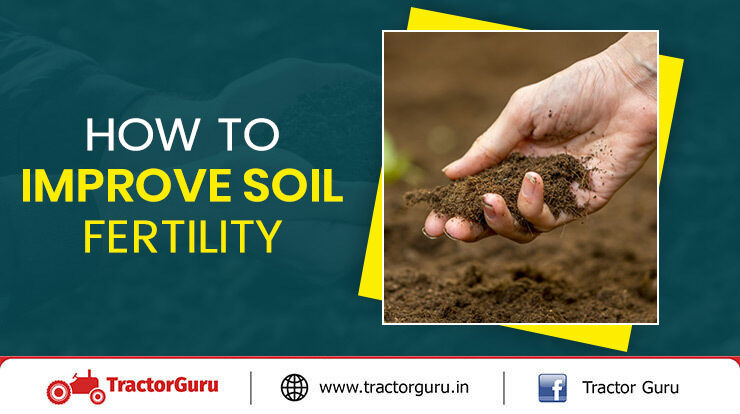Challenges of Sandy Soil and How to Overcome Them
Gardening in sandy soil can be a daunting task, especially when considering what plants grow in sand. The unique characteristics of sandy soil, including poor water retention, lack of nutrients, and high salinity, can make it difficult for plants to thrive. However, with the right plant selection and gardening techniques, it’s possible to overcome these challenges and create a thriving coastal garden. Sandy soil’s poor water retention, for instance, can be addressed by selecting plants that are drought-tolerant or by implementing efficient irrigation systems. Similarly, the lack of nutrients can be overcome by using fertilizers specifically formulated for coastal gardens. By understanding the unique challenges of sandy soil and adapting your gardening approach, you can unlock the full potential of your plants and enjoy a bountiful harvest.
Native Plants that Flourish in Sandy Soil
When it comes to gardening in sandy soil, one of the best approaches is to work with nature by selecting native plants that are naturally adapted to thrive in these conditions. Plants like beach morning glories, sea oats, and beach sunflowers have evolved to survive and even flourish in sandy soil, making them ideal choices for coastal gardens. These plants have developed unique characteristics, such as deep root systems and waxy leaves, that enable them to conserve water and tolerate high salt levels. By incorporating native plants into your garden, you can create a low-maintenance and sustainable ecosystem that requires minimal care and attention. Additionally, native plants provide a natural habitat for local wildlife, adding to the overall biodiversity of your garden.
How to Choose the Right Plants for Your Sandy Garden
When it comes to selecting plants for your sandy garden, it’s essential to choose varieties that are well-suited to thrive in these conditions. So, what plants grow in sand? Look for plants that are naturally adapted to sandy soil, such as those with deep root systems, waxy leaves, or small leaves that reduce water loss. Drought tolerance is also a crucial factor, as sandy soil tends to dry out quickly. Additionally, consider plants that are resistant to high salt levels, as coastal gardens often experience salt spray or saltwater flooding. Soil pH preferences are also important, as sandy soil can be acidic or alkaline. By considering these factors, you can select plants that will thrive in your sandy garden, such as beach grasses, succulents, and coastal flowers. Remember to research the specific needs of each plant to ensure you’re providing the best conditions for optimal growth.
Sandy Soil Superstars: Succulents and Cacti
Succulents and cacti are ideal plants for sandy soil, as they have adapted to thrive in dry, well-draining conditions. These plants have evolved to store water in their leaves, stems, or roots, making them perfect for coastal gardens where water can be scarce. Succulents and cacti also have low water requirements, which reduces the need for frequent watering and minimizes the risk of overwatering. Additionally, they can tolerate extreme temperatures, making them perfect for areas with high winds or intense sunlight. Their striking architectural forms and vibrant colors also add visual interest to the garden. When it comes to what plants grow in sand, succulents and cacti are top contenders. They come in a variety of shapes, sizes, and species, offering endless possibilities for creating a unique and thriving coastal garden.
Coastal Gardening Tips for Sandy Soil
When it comes to gardening in sandy soil, it’s essential to employ specific techniques to overcome the unique challenges of this soil type. One of the most critical tips is to improve soil structure by adding organic matter such as compost or well-rotted manure. This helps to increase the soil’s water-holding capacity, reduce erosion, and provide essential nutrients for plant growth. Another crucial aspect of coastal gardening is managing water effectively. Sandy soil drains quickly, so it’s essential to water plants regularly, but avoid overwatering, which can lead to root rot and other problems. Mulching is also an effective way to retain moisture, suppress weeds, and regulate soil temperature. Additionally, consider using efficient irrigation systems, such as drip irrigation, to deliver water directly to the roots of plants, reducing evaporation and runoff. By following these coastal gardening tips, you can create a thriving garden in sandy soil, where what plants grow in sand can flourish.
Creating a Drought-Tolerant Garden in Sandy Soil
Designing a drought-tolerant garden in sandy soil requires careful planning and attention to detail. One of the most critical steps is selecting plants that are naturally adapted to thrive in dry conditions. Look for plants that are native to coastal regions or have low water requirements, such as succulents, cacti, and beach grasses. These plants have evolved to conserve water and can survive with minimal irrigation. When selecting plants, consider factors such as drought tolerance, salt resistance, and soil pH preferences to ensure that what plants grow in sand will thrive. Another essential aspect of creating a drought-tolerant garden is using mulch effectively. Mulch helps to retain moisture, suppress weeds, and regulate soil temperature. Organic mulches like wood chips or bark are ideal for sandy soil, as they break down slowly and add nutrients to the soil. Finally, implement efficient irrigation systems, such as drip irrigation or soaker hoses, to deliver water directly to the roots of plants, reducing evaporation and runoff. By following these strategies, you can create a beautiful and resilient drought-tolerant garden in sandy soil.
How to Improve Soil Fertility in Sandy Soil
One of the significant challenges of gardening in sandy soil is its low fertility. Sandy soil lacks essential nutrients, making it difficult for plants to thrive. However, there are several ways to improve soil fertility in sandy soil. One effective method is to add organic matter such as compost, well-rotted manure, or peat moss. These amendments help to increase the soil’s water-holding capacity, reduce erosion, and provide essential nutrients for plant growth. Another approach is to use fertilizers specifically formulated for coastal gardens. These fertilizers are designed to provide the necessary nutrients for plants growing in sandy soil, while also taking into account the high salt levels and pH imbalances that are common in coastal areas. Additionally, incorporating cover crops or green manures into your garden can help to improve soil fertility. These crops add organic matter, suppress weeds, and attract beneficial insects, all of which contribute to a more fertile soil. By implementing these strategies, you can improve soil fertility in sandy soil, creating a more conducive environment for what plants grow in sand to thrive.
Common Mistakes to Avoid When Gardening in Sandy Soil
When gardening in sandy soil, it’s essential to avoid common mistakes that can lead to poor plant growth or failure. One of the most critical mistakes is overwatering, which can cause root rot and other problems. Sandy soil drains quickly, so it’s crucial to water plants carefully and avoid frequent watering. Another mistake is underfertilizing, which can lead to nutrient deficiencies and stunted growth. Fertilizers specifically formulated for coastal gardens can help provide the necessary nutrients for what plants grow in sand. Neglecting soil pH management is also a common mistake, as sandy soil can be prone to pH imbalances. Regularly testing the soil pH and adjusting it as necessary can help ensure optimal plant growth. Additionally, failing to mulch and control weeds can lead to soil erosion and competition for water and nutrients. By being aware of these common mistakes and taking steps to avoid them, gardeners can create a thriving and resilient garden in sandy soil.









